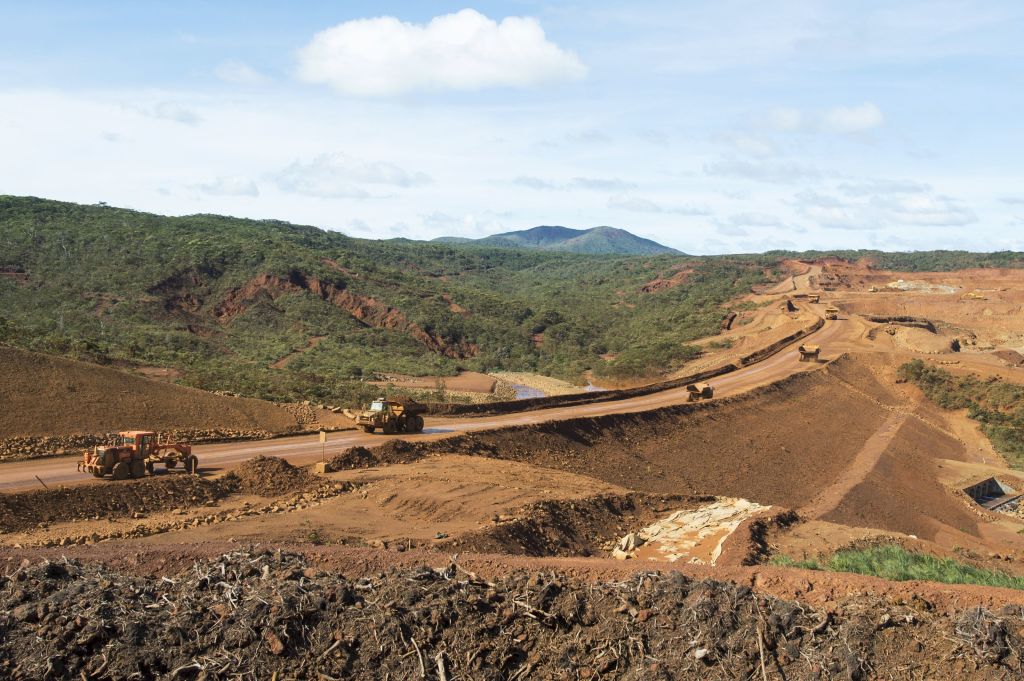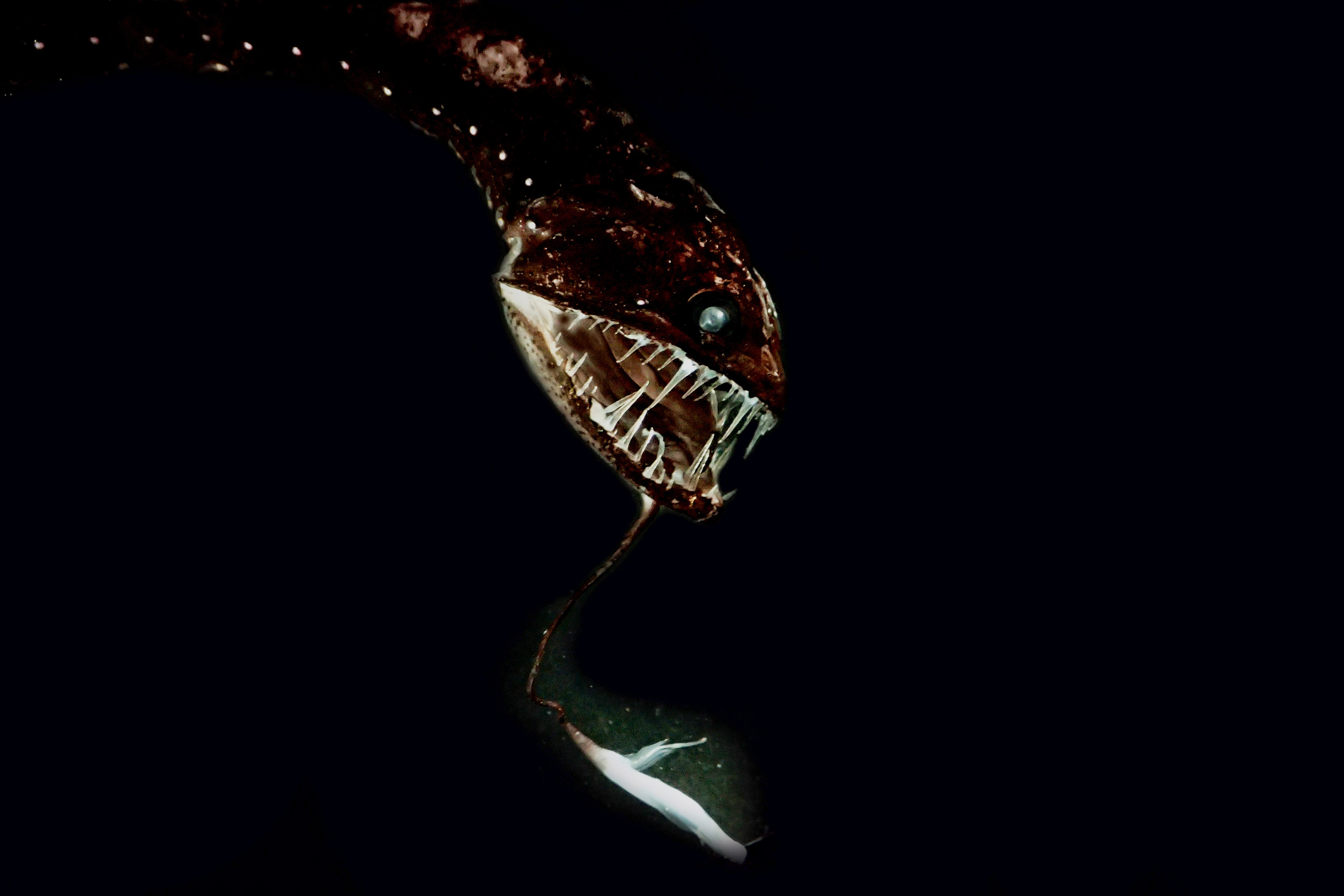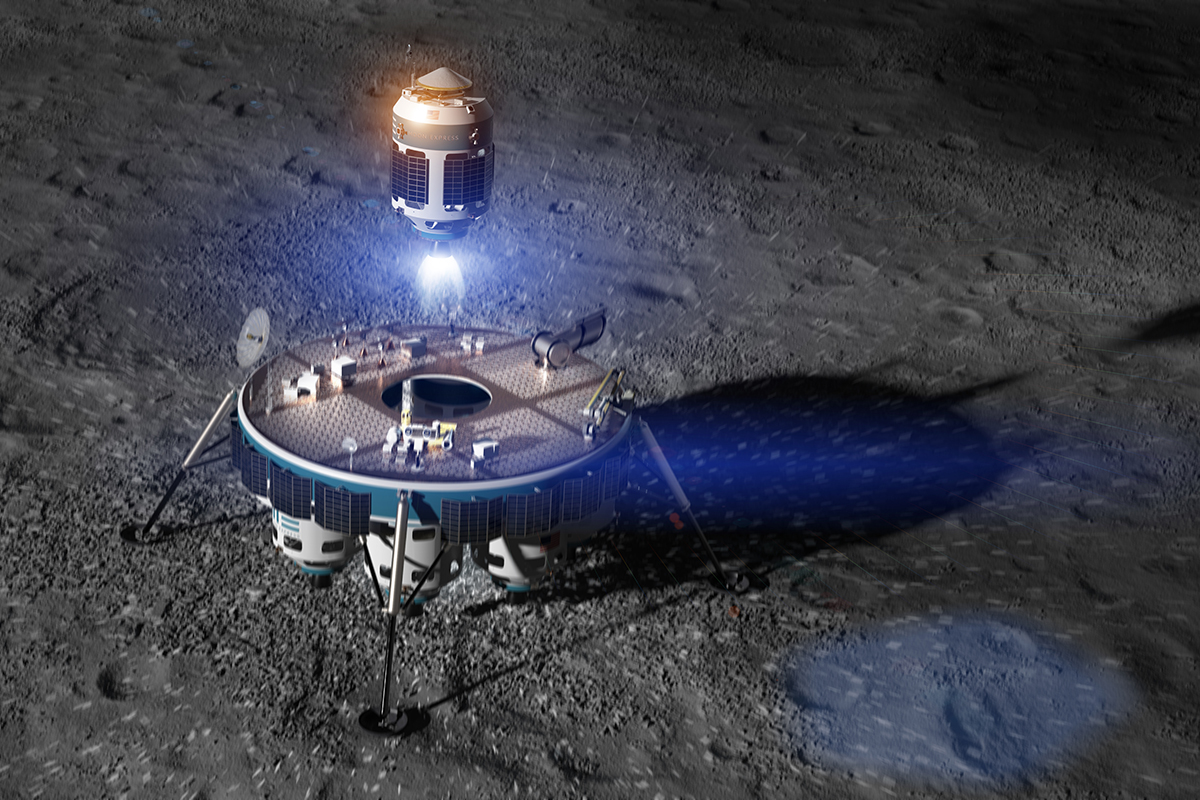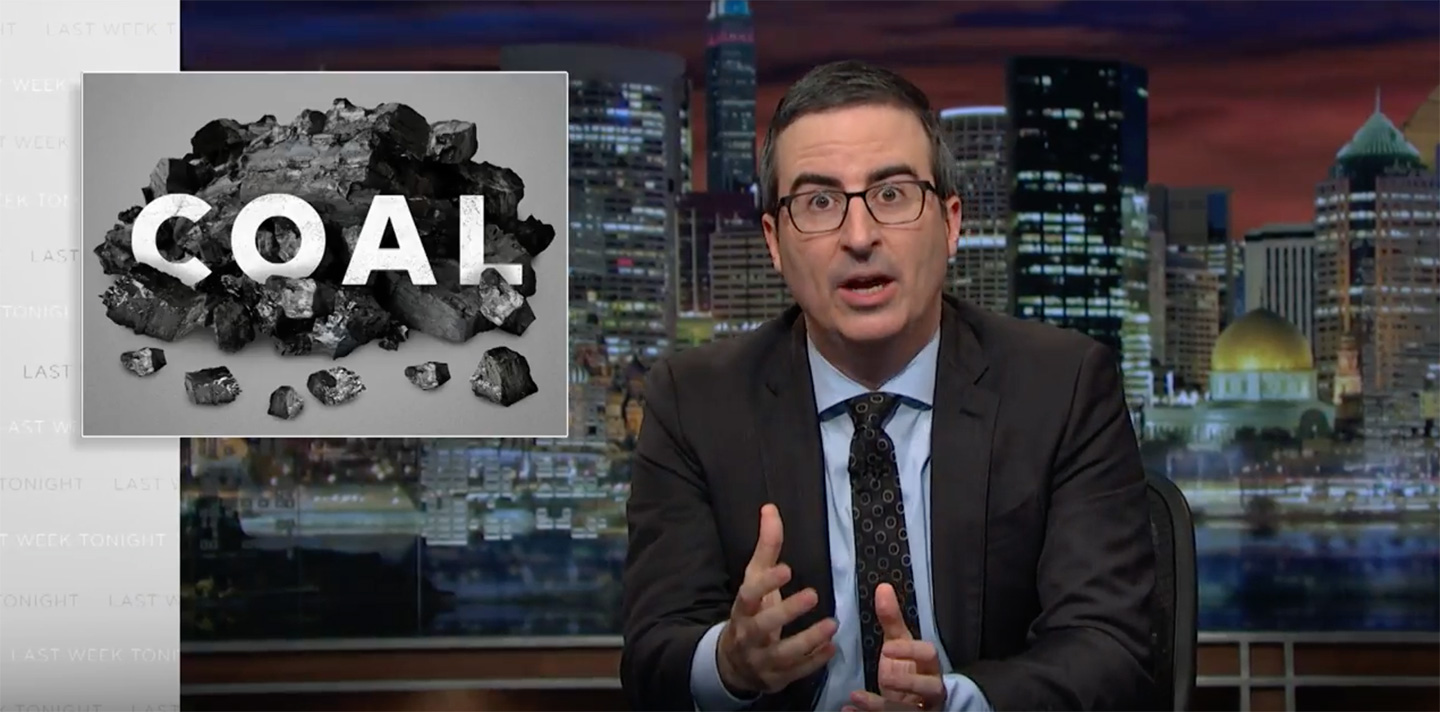If you journey to the southeastern tip of New Caledonia, you’ll find yourself in the Goro nickel mine. Given that New Caledonia is home to some of the world’s largest deposits of nickel, and given that nickel is a crucial part of the batteries used in electric vehicles, it’s not hard to see why Goro is quite active these days. But it’s also a site abounding with contradictions — not the least of which is that the practices of mining nickel have not historically been the most sustainable of methods.
In recent years, New Caledonia has had a very high rate of emissions, in fact. All of which begs the question: is there a way to improve the sustainability of this industry?
A new report from The New York Times explores the ways Tesla is working with mines on New Caledonia to utilize more environmentally-friendly practices. Writing at the Times, Hannah Beech describes Tesla’s efforts as “the largest effort by a Western electric vehicle maker to directly source minerals.” As the article points out, it’s an ambitious campaign, and one that isn’t guaranteed to succeed.
In the fall of 2021, Tesla signed an agreement to purchase a significant amount of the nickel output of Goro. And, as the Times pointed out, New Caledonia’s status as a French territory means that France’s environmental standards apply there.
Combine that with the island’s indigenous population also having concerns about the environmental impact of the mine and you have the potential for a significant shift in the industry. Will it be enough to push back against the mine’s history? This will be something for environmental advocates to keep their eyes on in the years to come.
Thanks for reading InsideHook. Sign up for our daily newsletter and be in the know.















